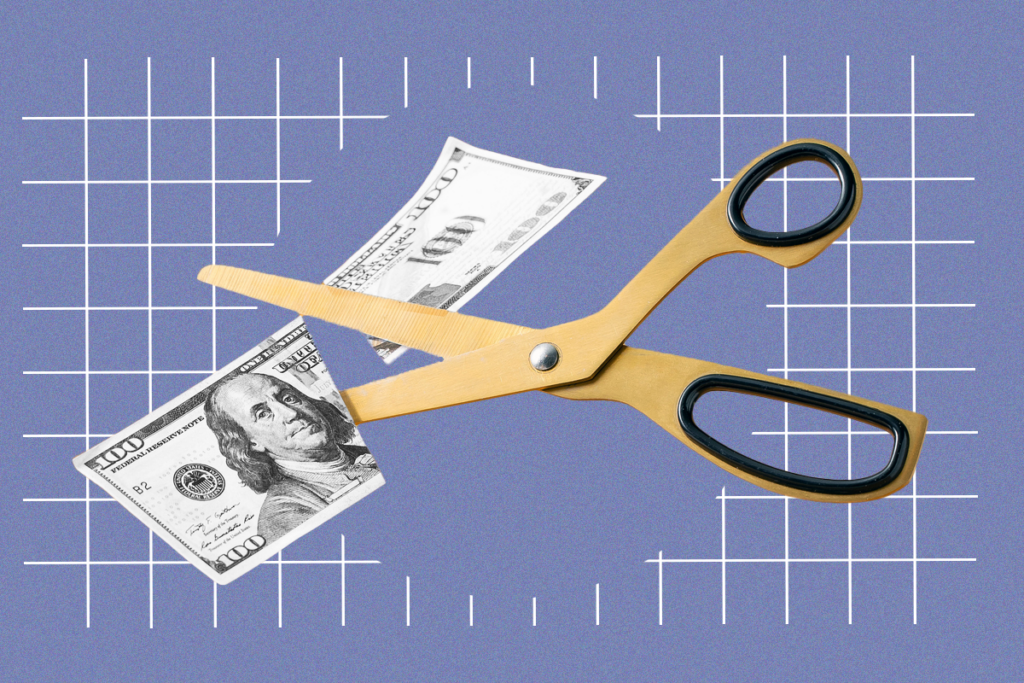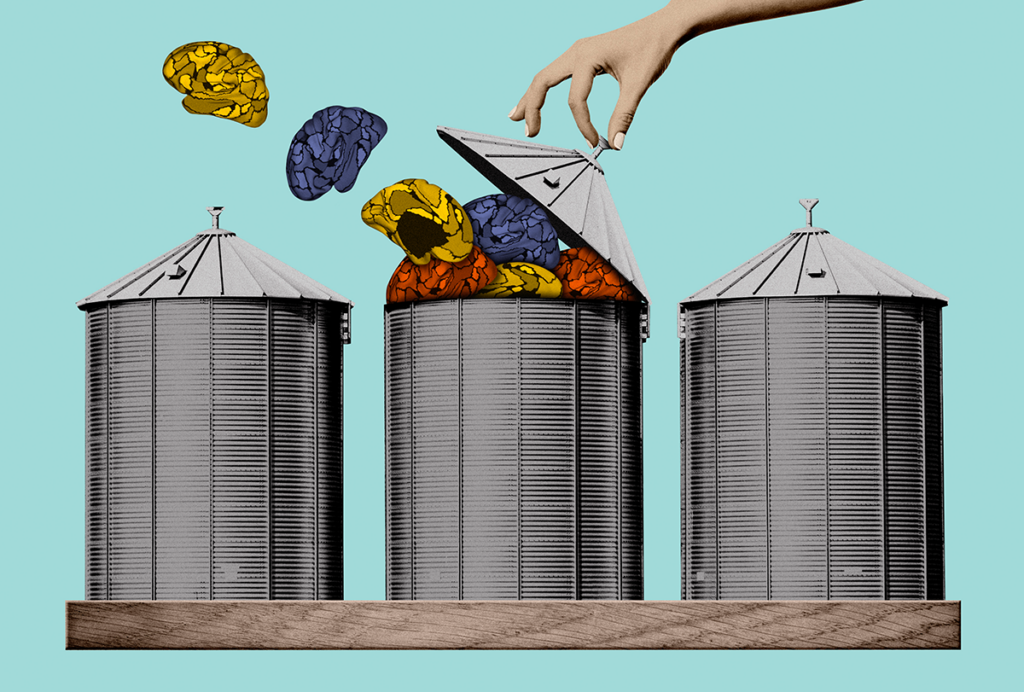Decoding the exome points to new autism genes
Sequencing the exomes — regions of the genome that code for proteins — of 18 individuals with autism has revealed new candidate genes for the disorder, researchers reported Sunday at the Society for Neuroscience annual meeting in San Diego.
Sequencing the exomes — regions of the genome that code for proteins — of 18 individuals with autism has revealed new candidate genes for the disorder, researchers reported Sunday at the Society for Neuroscience annual meeting in San Diego.
“We found that there’s a rich burden of potentially deleterious variation in the autism exome,” says Maria Chahrour, a postdoctoral fellow in Christopher Walsh‘s lab at Harvard Medical School.
Autism is known for its baffling diversity, in both the clinic and the genome. So far, researchers have identified many genetic glitches that increase the risk of autism. But even the strongest candidates — such as deletions and duplications on chromosome 16 — account for just one percent of all cases of the disorder.
The cost of genetic sequencing is plummeting, spurring researchers to begin fine-grained scanning of the genome in search of new autism candidate genes.
Walsh’s group is sequencing individuals with autism who carry unusually high numbers of homozygous or recessive mutations, meaning both copies of the region are affected.
These double mutations are fairly rare, but “they are particularly attractive because they are the low-hanging fruit in whole-exome or whole-genome sequencing efforts,” Chahrour says. That’s because a double hit is not likely to be the result of a random glitch that happens during development or an artifact of cells growing in culture.
In 2008, Walsh looked for recessive mutations in families with autism from the Middle East, where marriage between first or second cousins is common. Parents with shared ancestry are more likely to carry the same genetic variants, which could then be passed down to their children. The study turned up several novel deletions associated with autism.
In the new work, his team took a similar approach using the Autism Genetic Resource Exchange, a large gene bank of families with more than one child with autism.
The researchers looked for regions of homozygosity in 5,431 people in the collection. They found that individuals with autism tend to have more homozygous regions than do unaffected individuals. In one extreme case of an individual with autism, for example, 8.8 percent of the genome is homozygous. For comparison, someone whose parents are first cousins has about 6 percent homozygosity, and a typical individual less than 2 percent.
The researchers then fully sequenced 18,560 protein-coding genes in 18 individuals with the highest levels of homozygosity. They found 736 variants — of which 39 are homozygous — that had not already been identified in older studies.
The researchers confirmed 13 of those mutations by looking for them in parents and siblings. In several families, the recessive variant is causal, with two damaged copies cropping up only in individuals with autism.
Chahrour declined to name any of the new genes, but said that some are involved in small GTPase-mediated signaling, DNA transcription, RNA splicing and protein modification. The group next plans to sequence these genes in other people with autism.
For more reports from the 2010 Society for Neuroscience annual meeting, please click here.
Recommended reading

Changes in autism scores across childhood differ between girls and boys

PTEN problems underscore autism connection to excess brain fluid

Autism traits, mental health conditions interact in sex-dependent ways in early development
Explore more from The Transmitter
Aran Nayebi discusses a NeuroAI update to the Turing test

Exclusive: NIH nixes funds for several pre- and postdoctoral training programs
